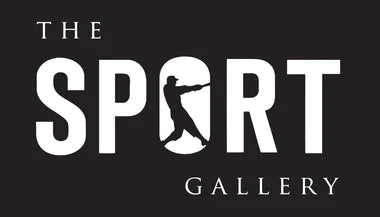Menu


- Featured
- Apparel
- Headwear
- Shop By Team
- SPORT Prints







